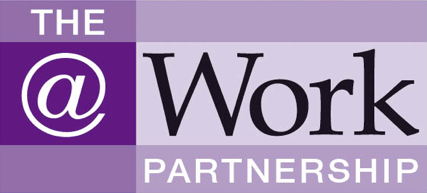December/January 2019/2020 (vol. 16/4)
ContentsFeaturesNewsLegal
NewsResearch DigestResearch PlusCPD
 Personal Learning Zone in this issue
Personal Learning Zone in this issue
Summary:
FEATURED ARTICLES
This issue of Occupational Health [at Work] features a Personal Learning Zone (PLZ) article recommended for continuing professional development (CPD). The assignment questions, ‘Personal learning statement’ and ‘Certificate of engagement’ are available to subscribers at here. These will also be stored in your password-protected PLZ. The PLZ will help you document your own CPD. Occupational health physicians and nurses, occupational hygienists and other professionals can use the resource in support of their specialism’s revalidation or CPD requirements..
Pages 19–27. Understanding burnout – part 2. Various workplace stressors have been identified as either increasing the risk of burnout or protecting against it. There is some evidence that interventions aimed at the individual can reduce burnout scores, but whether these are clinically relevant is debatable. Multifaceted approaches are more likely to prove successful.
ADDITIONAL CPD
The following articles, news and research items are suggested reading for CPD and professional revalidation. Subscribers can complete their online Personal Learning Zone CPD record at here
Pages 12–13. The EAT decision in Parnaby v Leicester City Council makes clear that when assessing whether the substantial effects of an impairment are likely to be long term or to recur, one needs to look at the situation at the time of the alleged discrimination, not determine it with the benefit of hindsight.
Pages 16–18. A major new study, the Arm pain trial, concludes that, unless specifically contraindicated, distal arm pain should be managed by encouraging activity – not rest. The results have important implications for the management of work-related upper-limb disorders.
Pages 28–32. The employment rate of people with epilepsy is less than half that of non-disabled people. Addressing outdated and stereotypical assumptions about epilepsy is one of the ways that employment outcomes for those with the condition can be improved.
Pages 33–36. Employers that include testing as part of their drug and alcohol policies must ensure that the testing laboratory they use conforms to current guidelines and standards.
Pages 37–39. Patients must normally give their consent before their blood is tested, but in practice most will do so to avoid a healthcare practitioner who sustains a needlestick injury needlessly having to undergo post-exposure prophylaxis to prevent possible HIV infection. Careful consideration is required where the patient lacks capacity to give consent.
Pages 40–42. Our compendium of recent research includes evidence that even mild hearing loss risks cognitive decline
Author: The At Work Partnership Ltd
Occupational Health at Work December/January 2019/2020 (vol. 16/4) pp43


